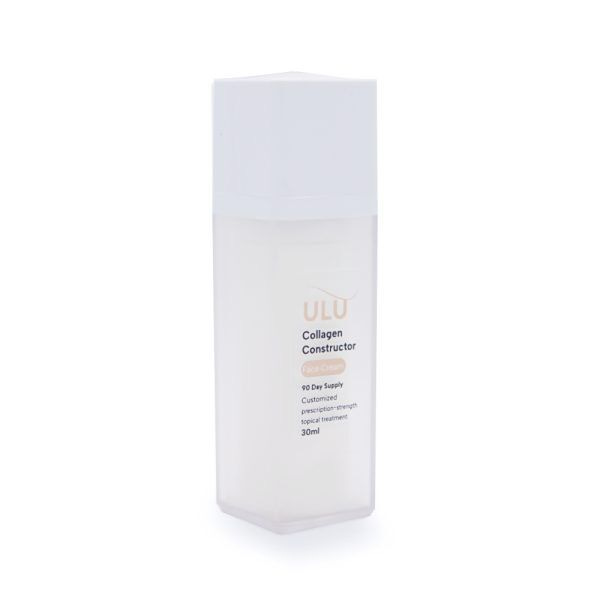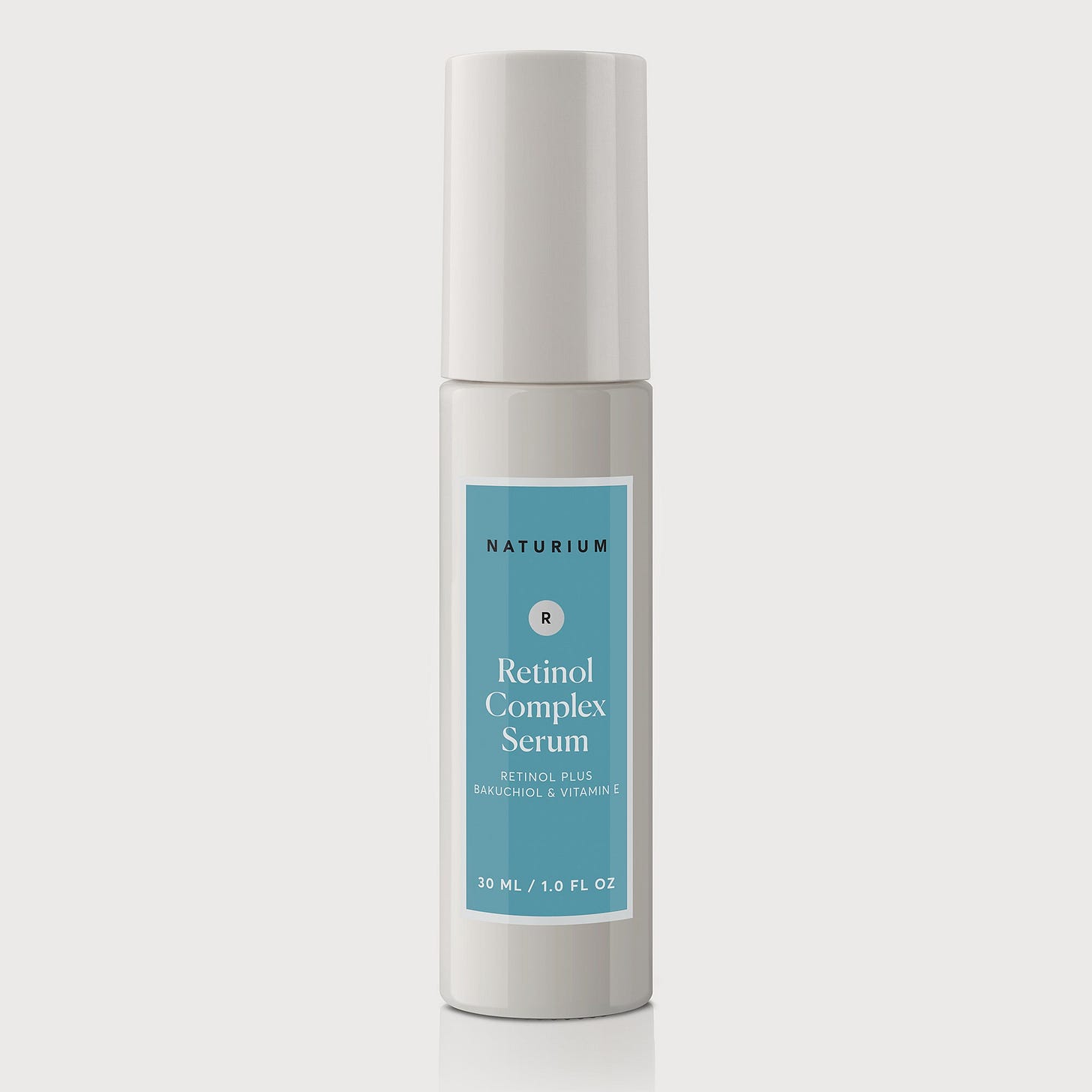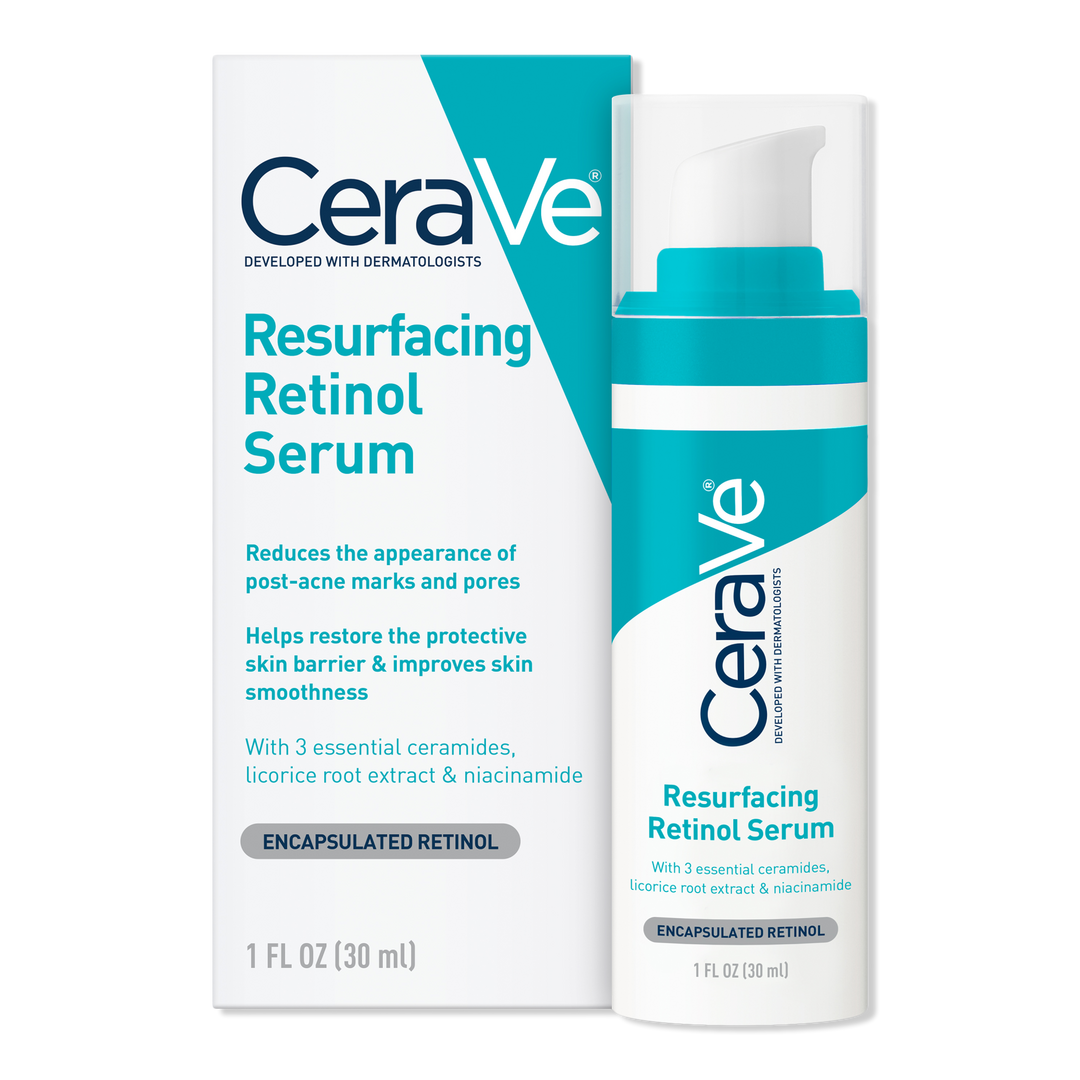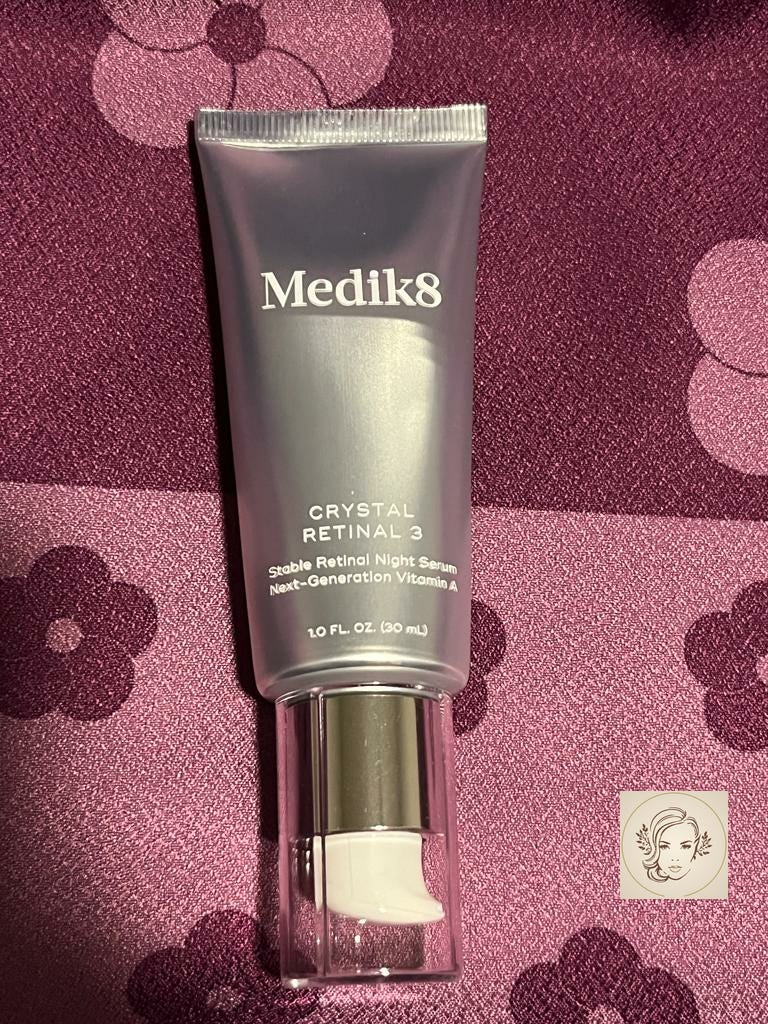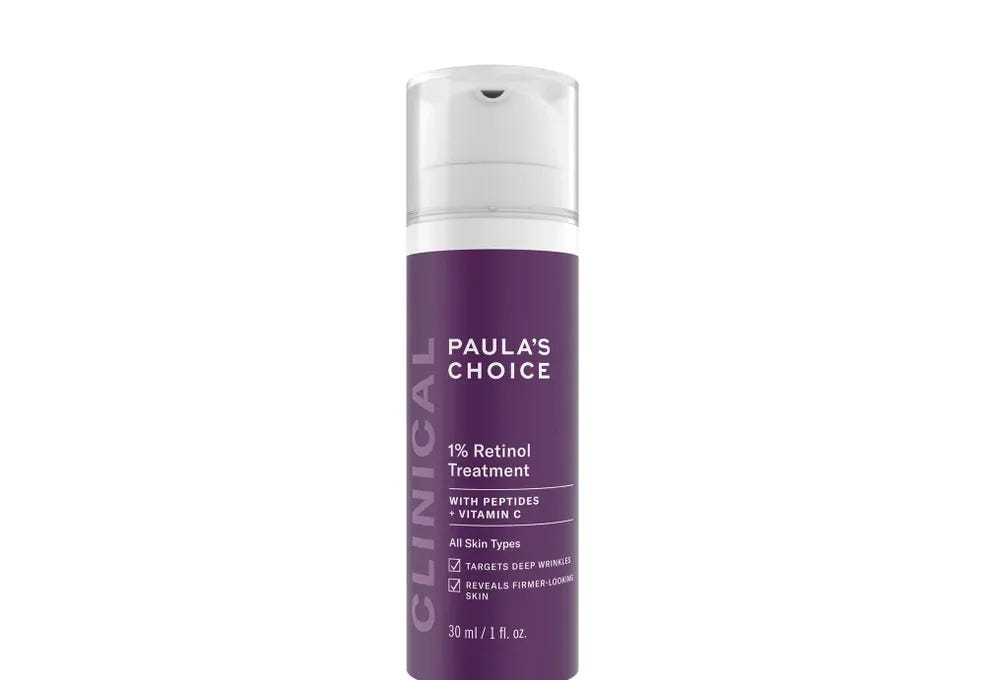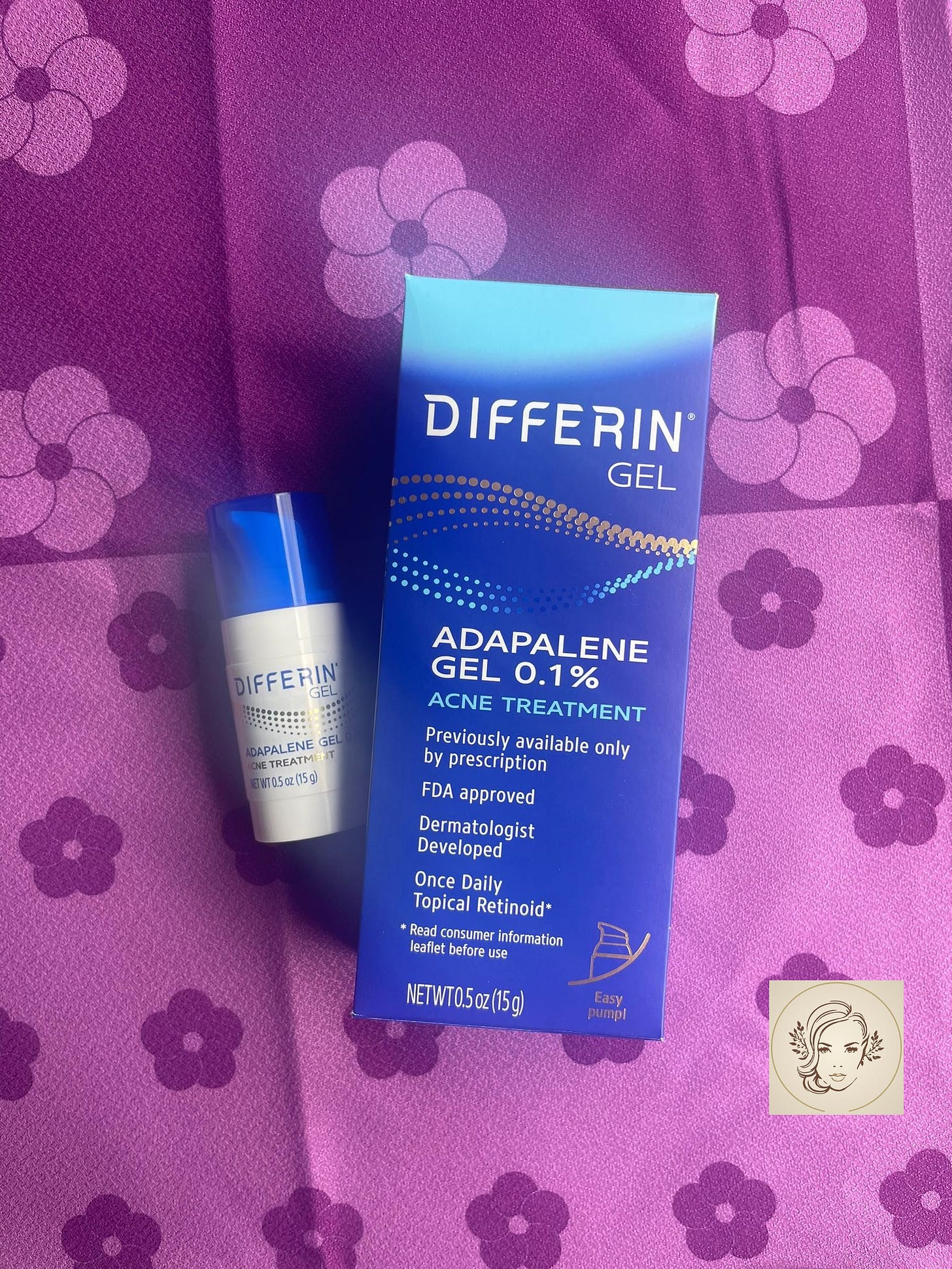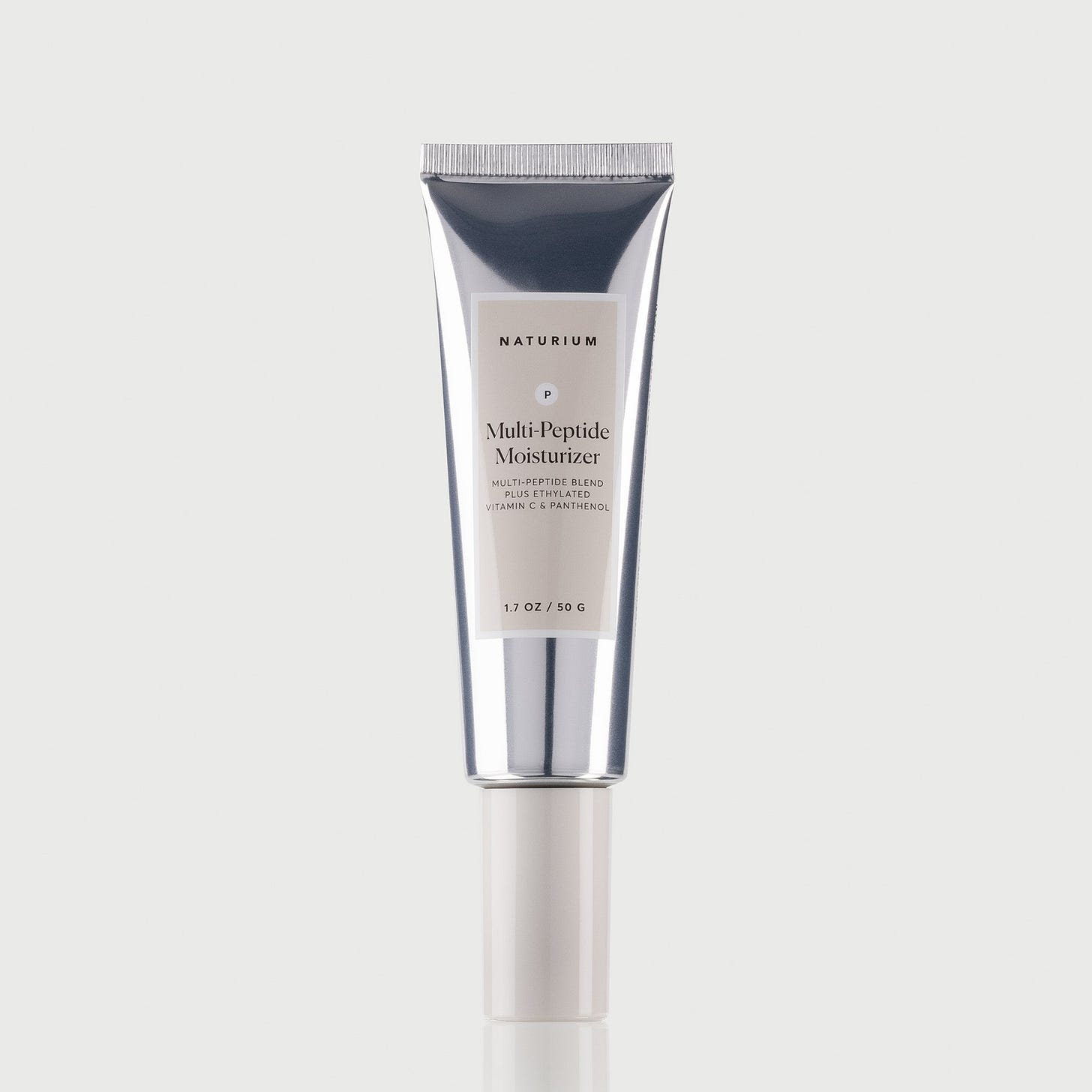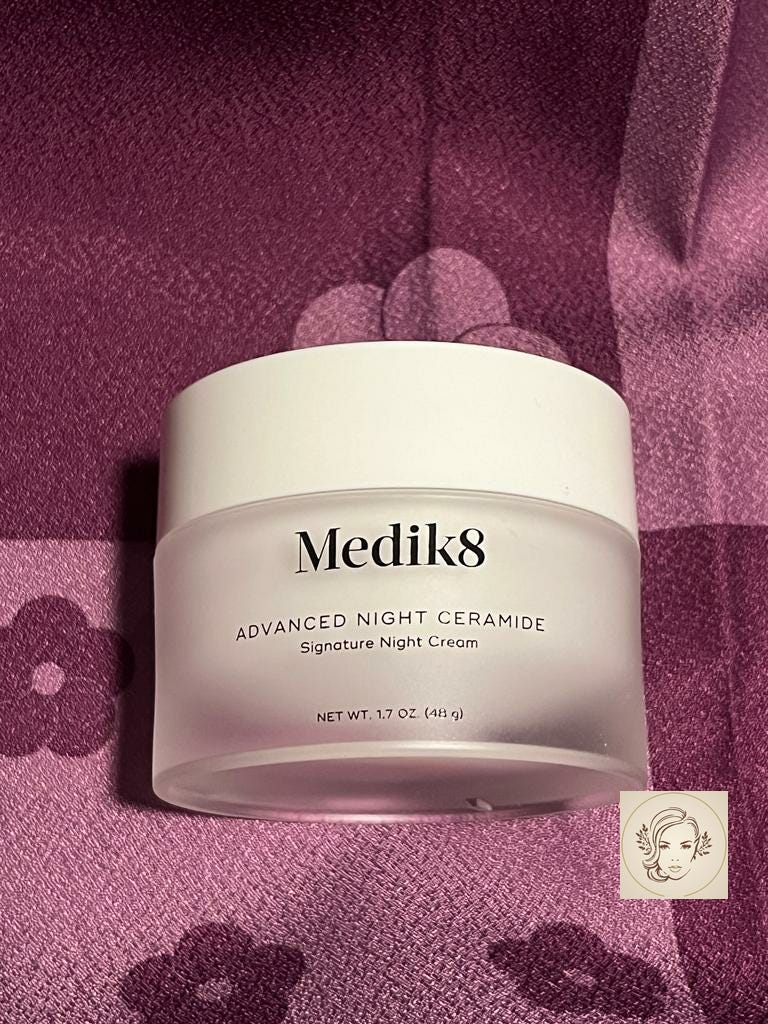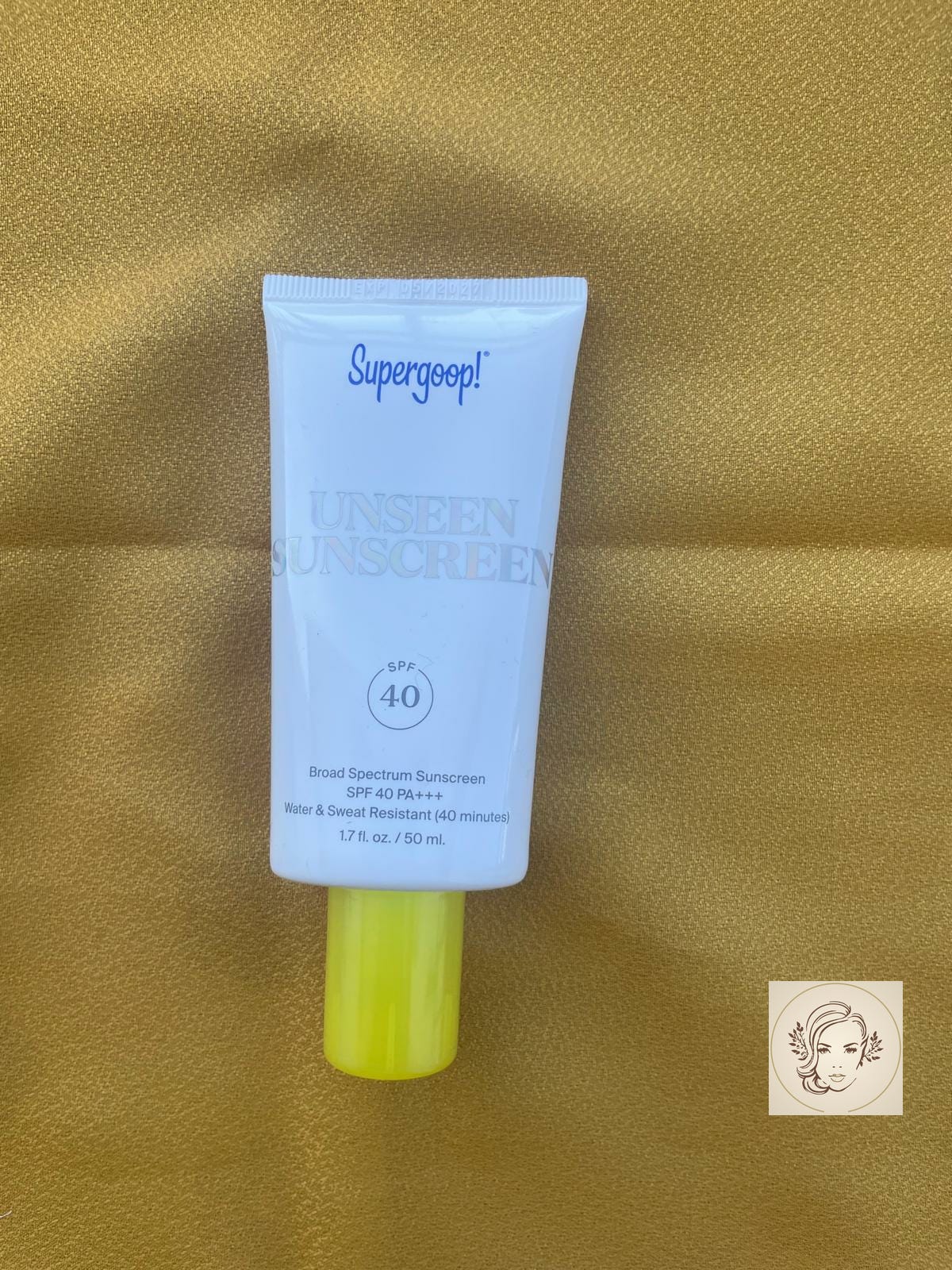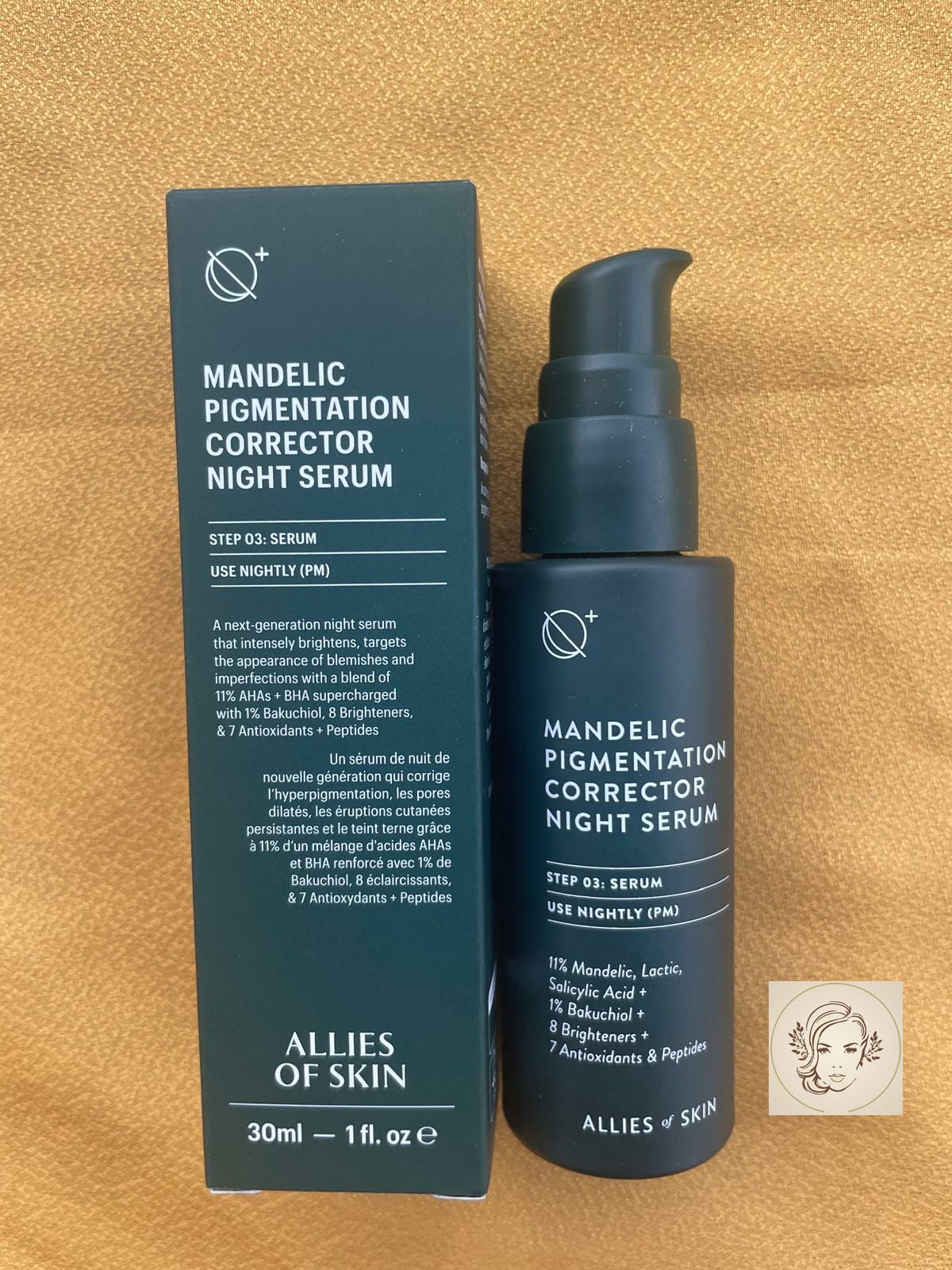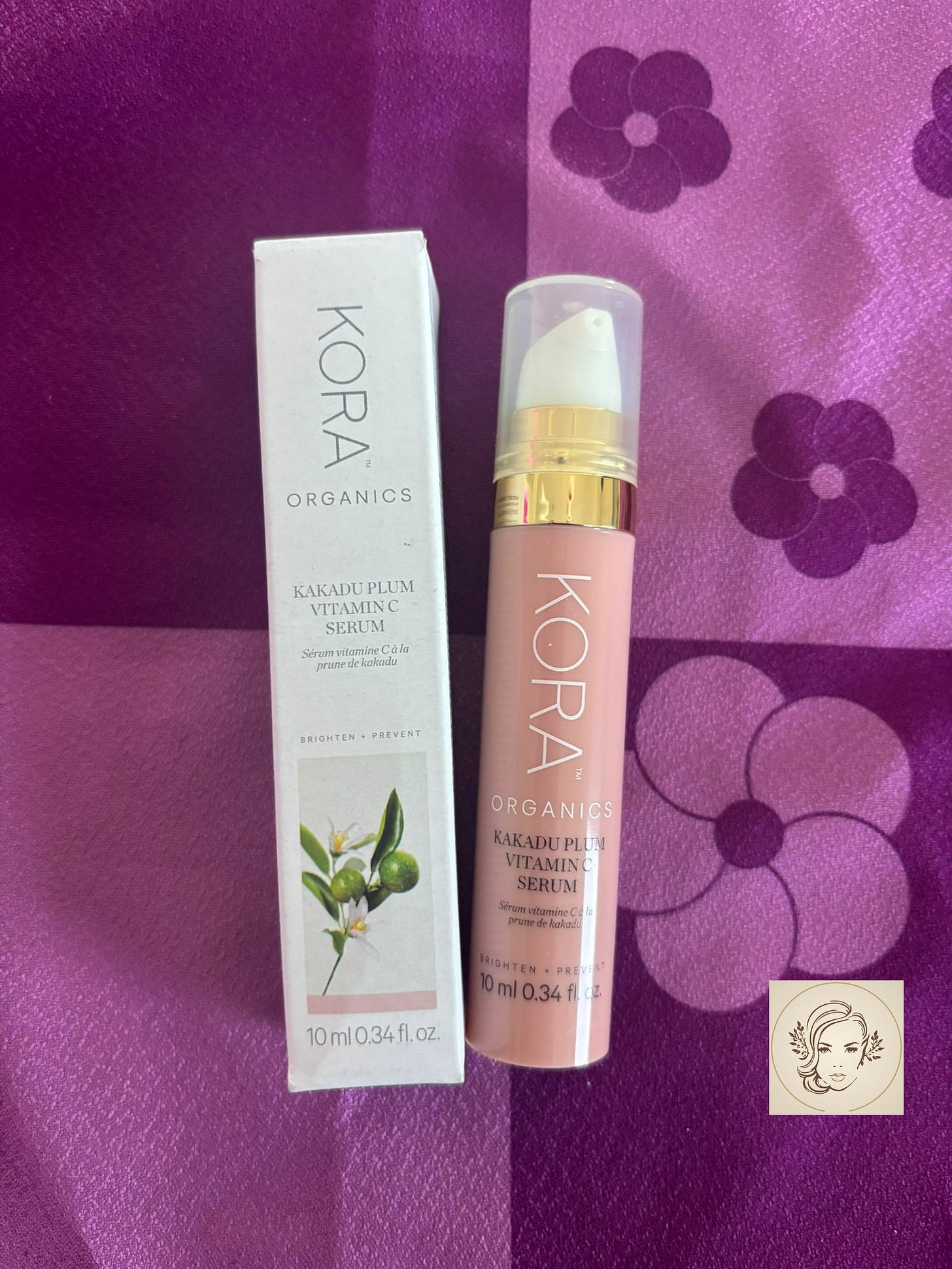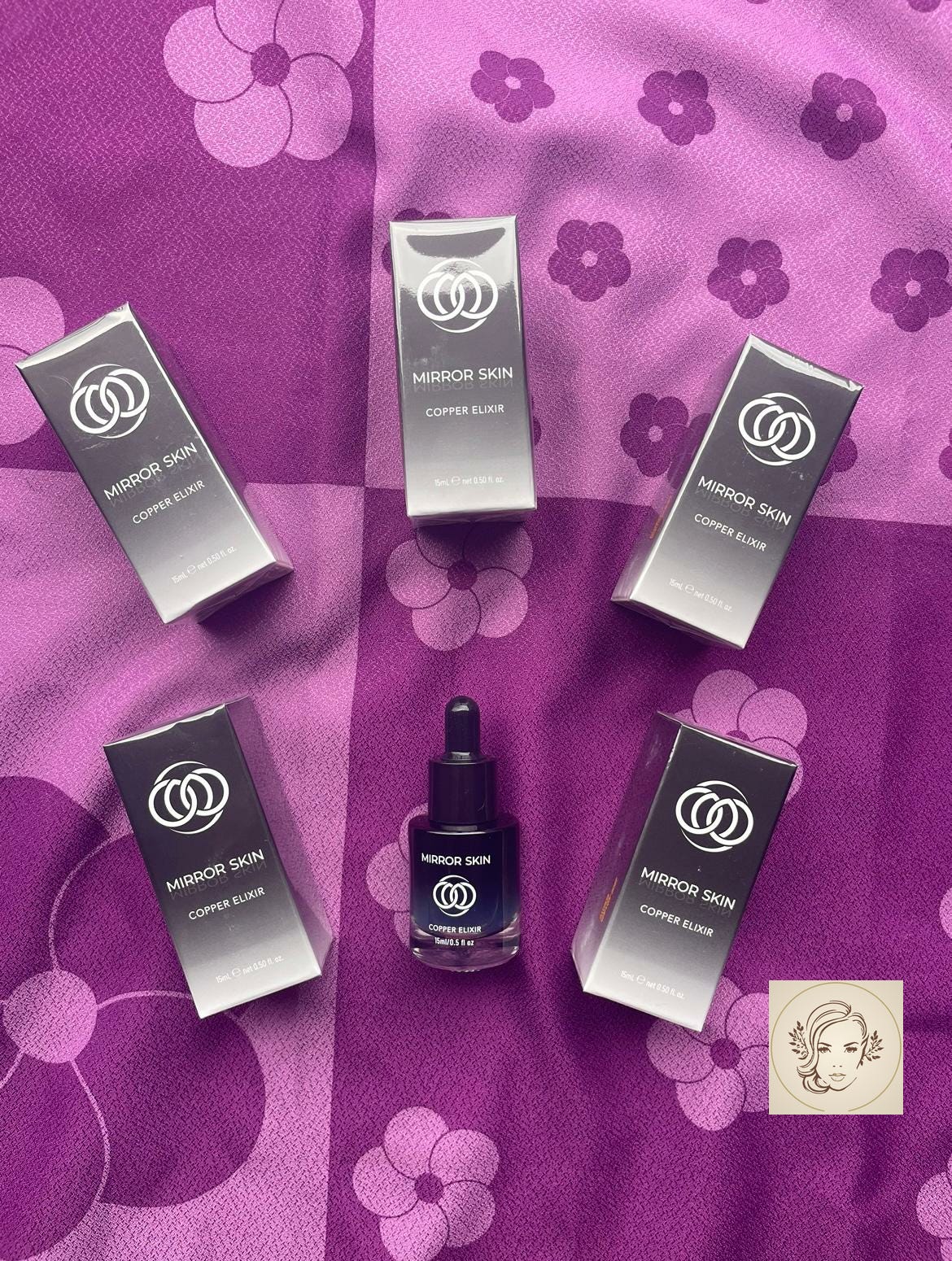Why Is Everyone Using Retinol?
Everything you need to know before adding the gold standard of anti-aging to your routine.
Everyone calls retinol the gold standard for anti-aging, and they’re not wrong.
It’s one of the most researched ingredients in skincare and has been trusted for decades.
There are plenty of other treatments that can help your skin look its best, like vitamin C, copper peptides, and exfoliating acids, but retinol is still the one most people start with.
When I first began using it, I made the mistake of starting right before summer.
The sun made it harder to stick with, and I learned quickly that winter is actually the best time to begin.
Your skin is less exposed to sunlight, which means less risk of irritation and sunburn while your skin adjusts.
Before you dive in, it helps to understand what retinol really is, what it does, and how to use it safely to get the best results.
What Is Retinol
Retinol is a form of vitamin A, which your skin naturally converts into retinoic acid once applied.
That’s the active form your body uses to speed up how quickly skin cells renew themselves.
In simpler terms, retinol tells your skin to act younger.
It encourages your body to make fresh cells and more collagen, which keeps your skin smooth, firm, and bright.
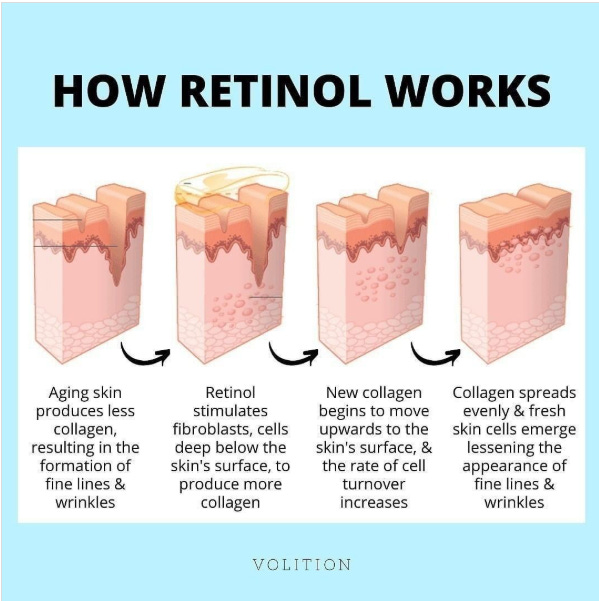
Because it works on a cellular level instead of just the surface, retinol can help with many different concerns like fine lines, uneven texture, acne, and dark spots.
It’s one ingredient that almost everyone can benefit from once they know how to use it correctly.
Benefits of Retinol
Retinol is one of those rare ingredients that can do a little bit of everything for your skin.

When used consistently, it can:
Smooth texture by helping your skin shed old cells and make new ones faster.
Fade dark spots and brighten uneven skin tone.
Reduce fine lines and wrinkles by boosting collagen production.
Clear clogged pores and help manage acne.
Make skin look firmer and healthier over time.
It’s not a quick fix, though.
Most people start seeing real results after a few months of steady use.
Think of it as a long-term investment in your skin.
Different Types of Retinoids
All retinoids come from vitamin A, but not all of them work the same way.
Some are stronger, some are gentler, and some are made for specific skin concerns.
Here’s a quick breakdown:
Retinol: The most common form you’ll find in stores. It’s effective but still gentle enough for beginners.
Retinal (or Retinaldehyde): A step up from retinol. It works faster but can be slightly stronger, so go slow if you have sensitive skin.
Adapalene: The best option if you deal with acne. It’s more stable than regular retinol and helps unclog pores and calm breakouts.
Tretinoin: A prescription-only retinoid. It delivers the quickest results but can cause more irritation if you’re not used to it.
Retinyl Palmitate: The mildest form. It’s great for very sensitive skin or for people who are just getting started.
No matter which type you choose, it’s important to start slow and pay attention to how your skin reacts.
My Favorite Retinol Products
If you’re new to retinol, start with something gentle.
The best formulas include hydrating ingredients that help calm your skin while still delivering results. Here are a few of my go-to picks:
Naturium Retinol Complex Cream: Smooth, easy to layer, and perfect for beginners. It delivers noticeable results without irritation.
CeraVe Resurfacing Retinol Serum: Budget-friendly and helps fade acne marks while supporting your skin barrier.
Medik8 Crystal Retinal: A stronger option made with retinaldehyde that works faster than traditional retinol. It comes in different strengths so you can build up gradually.
Paula’s Choice 1% Retinol Treatment: A high-strength formula that targets fine lines and uneven texture once your skin can handle more.
If acne is your main concern, you can also try Differin Gel (Adapalene 0.1%).
It’s technically not a retinol but a retinoid that’s great for treating clogged pores and breakouts.
How to Use Retinol Safely
Retinol can completely change your skin, but only if you use it the right way. The biggest mistake people make is starting too fast or using too much.
Here’s how to introduce it safely:
Start slow. Use retinol two nights a week at first, then slowly increase as your skin adjusts.
Apply only a pea-sized amount. More isn’t better. A thin layer is all you need for your face.
Always moisturize after. This helps reduce dryness and irritation.
Use it at night. Sunlight breaks down retinol, so it works best while you sleep.
Wear sunscreen every day. Retinol makes your skin more sensitive to UV rays, so protection is non-negotiable.
If your skin feels dry or starts to flake, you can also try the “retinol sandwich” method: apply moisturizer before and after your retinol to cushion your skin.
Side Effects of Retinol
When you first start using retinol, it’s normal for your skin to react a little.
You might notice some redness, tightness, flaking, or mild irritation. That just means your skin is adjusting to the faster cell turnover.
Some people also experience purging, which looks like a short breakout phase. It happens when clogged pores surface more quickly. This can last anywhere from 3 to 6 months, but it eventually settles down.
Retinol can also make your skin more sensitive to sunlight, which is why sunscreen is so important.
It’s another reason winter is a great time to begin, since you spend less time outdoors and the UV index is lower.
If your skin ever feels too dry or starts stinging, take a short break or layer it with a richer moisturizer until it calms down.
How Young Is Too Young to Start Retinol?
You usually don’t need retinol before your mid-20s.
At that age, your skin’s cell turnover and collagen start to slow down, so that’s when it makes sense to add it in.
Before then, focus on basics like sunscreen, gentle exfoliation, and antioxidants such as vitamin C or copper peptides.
They help protect and strengthen your skin without the irritation that can come with retinoids.
Once you’re past 25, a low-strength retinol a few nights a week is a smart way to start.
If you want to go deeper, I’ve written several articles that cover retinol from every angle. You can check out Beginner’s Guide to Retinol: 5 Tips You Can’t Miss, 5 Things I Wish I Knew Before Using Retinol, All About Anti-Aging: Retinol Parts 1 and 2, and FAQ: Does Retinol Thin Your Skin?
Final Thoughts
Retinol can seem intimidating at first, but it really comes down to patience and consistency.
Start slow, pair it with moisturizer and sunscreen, and give your skin time to adjust.
Winter is the perfect season to begin because you’re less exposed to sunlight, which makes it easier to avoid irritation while your skin builds tolerance.
Stick with it, and you’ll start to see smoother texture, fewer breakouts, and a healthy glow that keeps getting better over time.
Cheers,


